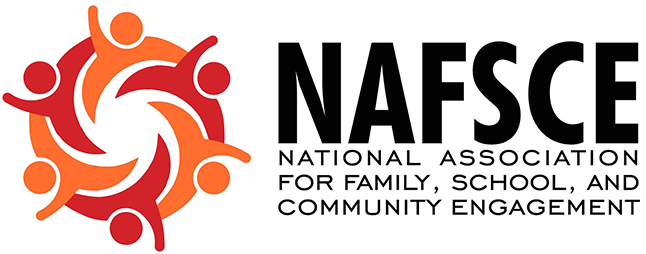Capture
Students engage in natural mathematical conversations during regular classroom activities
Our platform analyzes student discourse to uncover how children really think about mathematics—giving educators the insights they need to transform instruction and improve outcomes.

Our solution promotes mathematical discourse, revealing conceptual understanding that traditional assessments miss.

Teachers can use the insights to group students by understanding level and provides targeted instructional recommendations—without adding to your workload.

Particularly effective for multilingual learners and traditionally underserved students by capturing understanding through natural mathematical conversation.
“PowerMyLearning is helping us with the foundational math skills that are needed so that when scholars get to the third grade, they have that understanding of content.”
percentage point improvement in math achievement
of teachers report saving instructional planning time
Our comprehensive framework bridges decades of research with practical classroom application.
Join the WaitlistThe mutually reinforcing cornerstones students need to do math.
The mathematical “what” of elementary learning.
The cognitive approaches that power mathematical reasoning.
What drives learning: engagement and belief in our potential.
The mutually reinforcing cornerstones students need to do math.
Understanding the underlying rationale of the mathematical idea
Quick and accurate recall of basic math facts
Using math in real-world situations, such as money, time and distance
Executing operations accurately and efficiently using algorithms
The mathematical “what” of elementary learning.
Knowing the symbols that represent quantities, place value, composing and decomposing numbers, all four basic operations, and estimation
Four basic operations; equivalence in decimals, percentages and ratios, and applications in currency, time and distance.
Describing and measuring the physical world using geometric and quantitative characteristics
Representing, interpreting and communicating numerical data visually and with words
The cognitive approaches that power mathematical reasoning.
Representing quantities and mathematical ideas using symbols
Understanding and interpreting mathematical problems and deciding what strategies to use
Noticing and using patterns to understand mathematical structure, make generalizations, and act accordingly
Articulating mathematical and numerical understanding in words
What drives learning: engagement and belief in our potential.
Belief in the innate ability of humans to understand mathematical ideas
Having a growth mindset & understanding that efforts leads to learning
Appreciating the power and beauty of mathematics
Recognizing the relevance and widespread utility of math

“PowerMyLearning provides us with resources to help our students do their math learning. [Their math programming] helps them build that tool belt and also be able to have better discourse to explain what they’re learning and how they got their answer.”
Join the conversation. Connect with us at leading math conferences like NCSM and NCTM to see how PowerMyLearning is helping define the future of early math learning.





